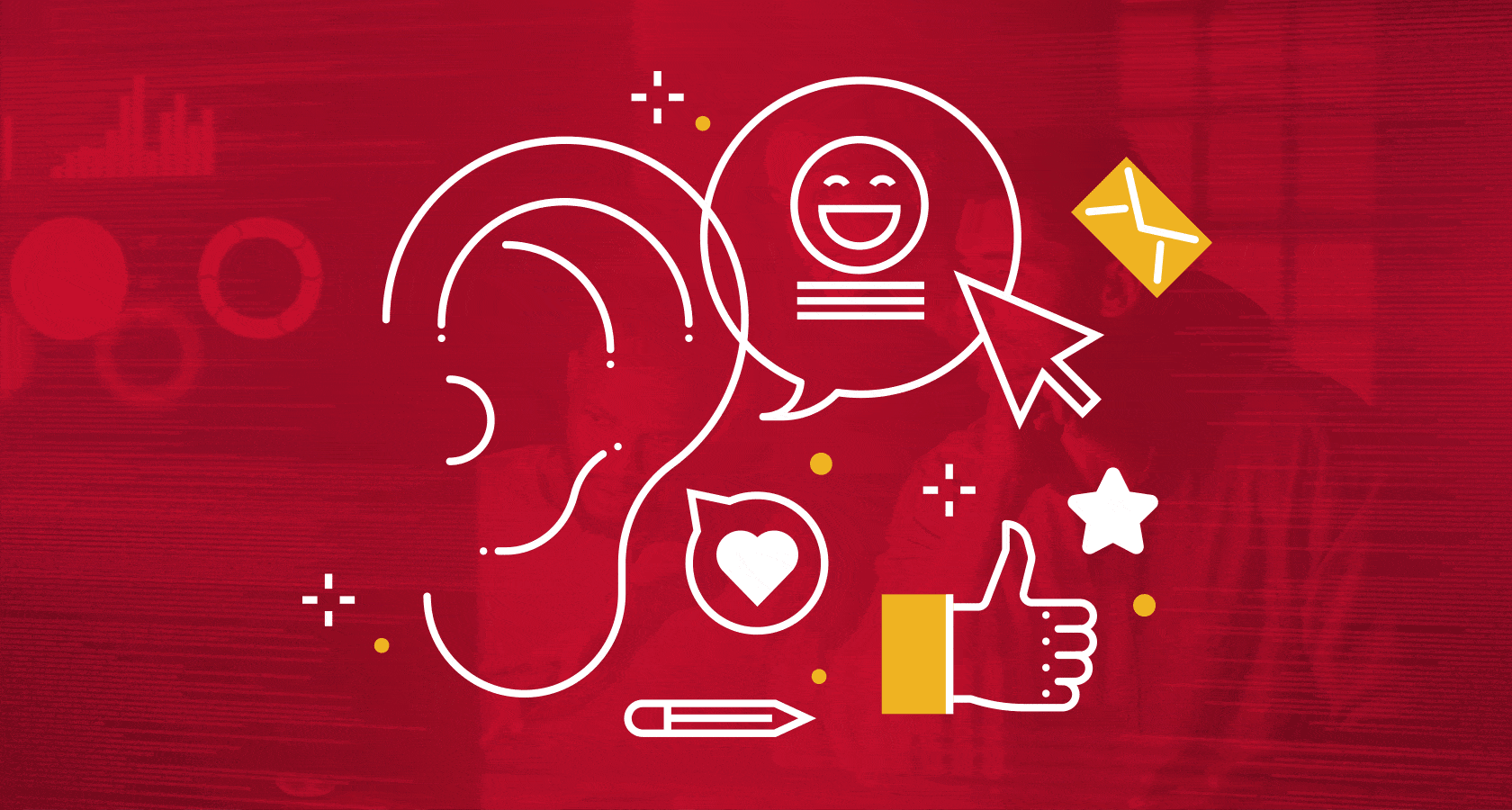What Is Social Listening? Acknowledging the Person Behind the Datapoint
June 2021
Is all press really good press? Brands tend to evaluate success using empirical metrics such as engagement and reach, particularly on their social media channels—but these numbers fail to capture what consumers are actually saying. Social listening (the process of actively monitoring social media channels for mentions of your brand, as well as its competitors, products and more) represents a paradigm shift in how content is generated and how social media strategies are developed. Brands can no longer be content to merely “reach” consumers; instead, they must strive to authentically understand the people who comprise their target audience in order to deliver relevant information at every touchpoint.
While traditional social media metrics are still valuable in capturing whether or not a post has reached its intended audience (and in quantifying what portion of that audience clicked the “like” button) they bring your brand no closer to understanding which specific users clicked that button and why. What do these individuals have in common? What other kinds of conversations are they having?
Social listening helps brands better understand their target audience by turning each engagement and every datapoint into a fully fleshed-out, three-dimensional person. This insight can help illuminate who is talking about your brand and where the conversations are taking place. It also provides the necessary context to develop an understanding of what is driving these engagements in the first place.
Collectively, these engagements capture a wealth of crucial information your brand can use to shape content and to plan future engagements. The questions your brand receives from your audience are particularly valuable in this context as they provide real-time insight into gaps (or perceived gaps) in your brand’s messaging strategy. Even a negative comment or criticism can provide illuminating insight into how you are delivering against the expectations of your audience and suggest positive avenues for improvement in the future.
Social listening also allows brands to develop a social media strategy that drives and directs the conversation online, providing a roadmap to maximize impact and relevancy. When a brand has done its research and understands what makes its target audience tick, it can tailor messaging to its consumers’ specific wants and needs at every step of the purchasing journey. In this way, social listening helps brands pivot from service providers to helpful and accommodating partners.
How Your Brand Can Better Understand Your Audience Through Social Listening
- Keep an open mind; consider all channels, engagements and perspectives as each interaction can yield invaluable data
- Leverage insights uncovered to better understand your audience and what makes them tick
- Maximize impact and relevancy of social media messaging by speaking directly to the person behind the datapoint
- Apply learnings to evaluate the effectiveness of current messaging and to inform future strategy
Social listening provides critical information that can help your brand form powerful emotional connections with its audience. By leveraging insights uncovered through social listening, a brand can learn in real-time what messaging generates the most excitement among consumers and apply these learnings toward all its engagements moving forward. This empowers brands to take a more agile and efficient approach to marketing, ensuring dollars are spent not simply to get your message seen, but rather to let your audience know they’re being heard.
The power of social listening lies in its ability to help brands visualize the person behind the datapoint. By building an understanding of the wants and needs of the individuals who comprise their target audience, brands are better positioned to converse with them. This will not only improve the overall brand experience, it will create a more frictionless path to purchase with the potential to foster long-term brand loyalty, thus maximizing your impact, reach and revenue in the future.

To learn more about this topic or to discuss an issue impacting your business, contact Bailey’s Vice President of Client Services, Jamie Gailewicz, at 610-818-3103 or email us at [email protected].




